By Lee O’Neill, operations director at Venson Automotive Solutions
As fleets transition away from traditional petrol- and diesel-powered vehicles, there is no such thing as a one-size-fits-all solution.
Each use case is different, the right vehicle for the job varies each time, sometimes within the same day.
The wholelife cost (WLC) of a vehicle will continue to play a huge role in the decision a business makes, as the fleet manager weighs-up which vehicles are right for them and which drivetrain to use.
On a practical level though, making sure service, maintenance and repair (SMR) requirements can be catered for quickly and efficiently, whether a vehicle is ICE, an electric vehicle (EV) or a fuel cell electric vehicle (FCEV) run using hydrogen, is a must to minimise vehicle downtime and increase business efficiency.
The automotive industry has experienced teething problems hitting SMR targets for EVs.
Industry bodies are doing their best to upskill vehicle technicians with EV training, nevertheless, if current training trends continue, it is expected that there will be a shortfall of 30,000 EV qualified technicians by the time the ban of new ICE vehicle sales comes into force in 2035.
What therefore is the outlook for hydrogen SMR as more fleets consider FCEV?
The good news is that there is plenty of research, development, and training in progress. These include government-backed work, via the Advanced Propulsion Centre with Toyota Manufacturing UK, which is leading a consortium to build a FCEV Hilux pickup.
Notably, though, a key part of the remit is to identify and develop SMR training requirements. Thatcham Research, is supporting the consortium, creating a FCEV training programme.
Dean Lander, head of repair sector services, Thatcham Research, says that “the skills required to repair and reinstate all powertrains, traditional and new, are fundamental to the realisation of Road to Zero. And we believe that preparing high quality training for the automotive aftermarket – which is built upon the vehicle-led research we are conducting as part of the consortium – will have a significant role in providing assurance that the shift from ICE can be delivered successfully”.
Meanwhile, the Institute of the Motor Industry (IMI) is playing a leading role in readying UK technicians for an increase in hydrogen vehicles.
Its IMI TechSafe initiative is not only ensuring that individuals in the automotive sector have the skills to deal with new technologies, but also salespeople and first responders.
Focusing on safety and leak detection is also critical. The IMI has had a lot of dialogue with the blue light services, to upskill those attending road traffic accidents and is working closely with the roadside rescue services.
The Hydrogen UK taskforce, a coalition of the hydrogen industry’s largest organisations, is also helping with a number of objectives including an ambition to develop the necessary training and ensure the UK has the skilled workforce to deliver on its hydrogen ambitions.
So, it seems that the answer to the question of whether SMR is moving out of the ICE age is a resounding yes.
Undoubtedly, large scale adoption of FCEVs in the UK has a long way to go.
Confidence to transition to hydrogen-powered vehicles will increase quickly though, once progress has been made to deliver a nationwide refuelling network.
By the time hydrogen joins the party as an alternative, en-masse, zero emission solution, the future is looking bright for fleet managers needing to arrange SMR in an efficient, effective, and affordable way.
Fleet managers who want to learn more about the future of hydrogen can read Venson’s free white paper ‘The Big Hydrogen Question’, which explores the role hydrogen will play in the transition to cleaner road transport.

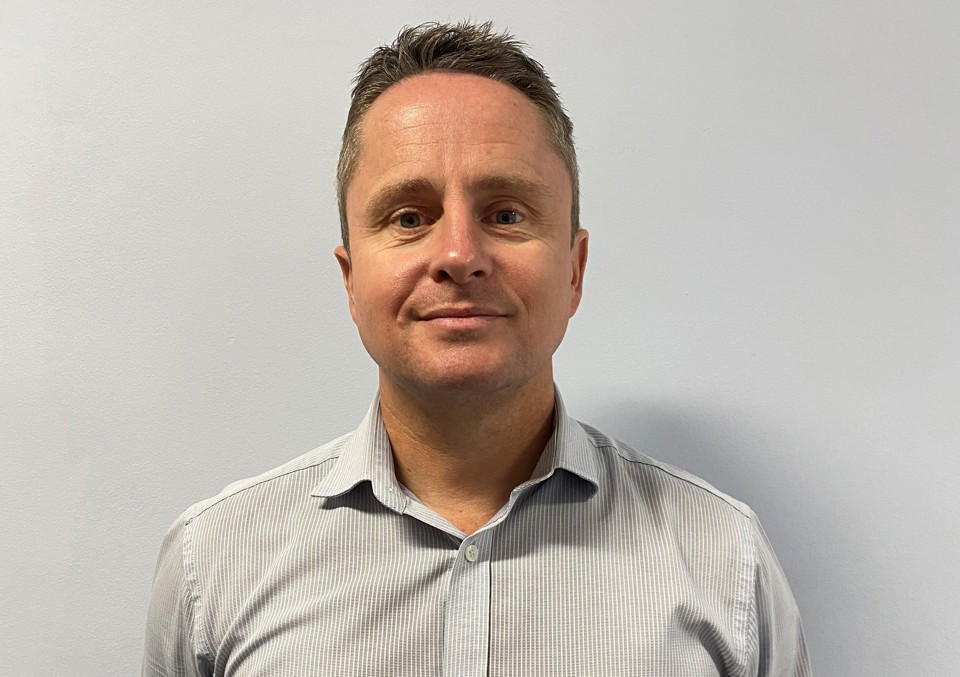


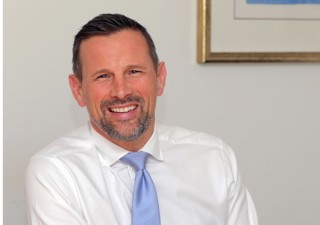
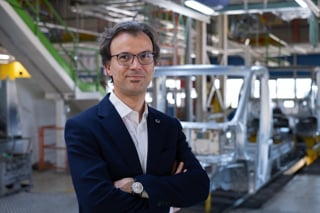
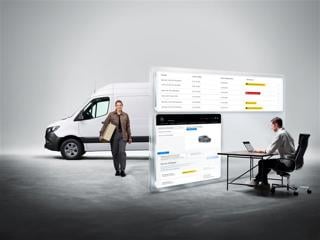



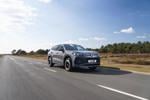








Login to comment
Comments
No comments have been made yet.